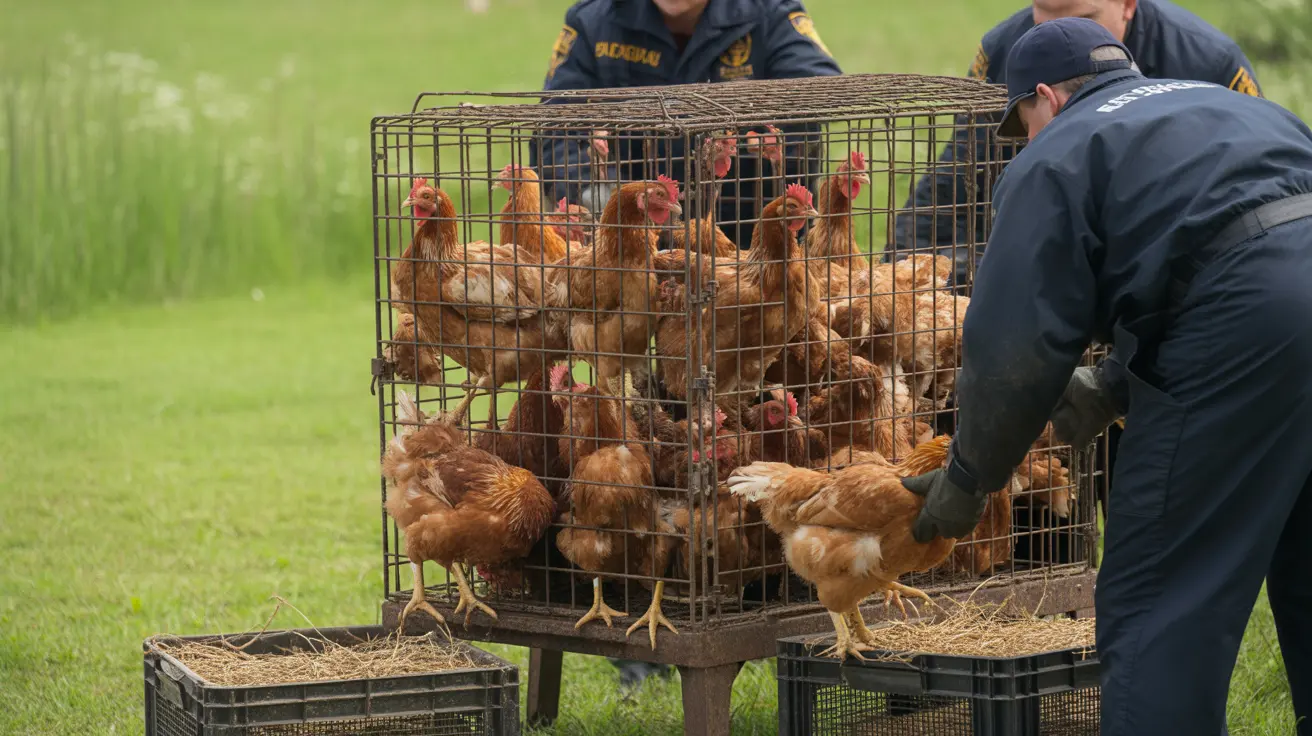A disturbing case of animal hoarding has come to light in New York, where authorities discovered more than 200 animals living in deplorable conditions inside a residential home. Local prosecutors have filed charges against the homeowner after finding both domestic and wild animals kept in severely unsanitary environments.
The discovery revealed 206 animals confined in cages that were filled with accumulated waste and filth. According to the district attorney's office, the animals were found with contaminated water and food supplies, raising serious concerns about their health and welfare.
Animal Welfare Laws NY: Legal Response and Charges
The case has triggered a response under New York's animal cruelty laws, which provide strict penalties for cases of animal neglect and abuse. The prosecution highlights the serious nature of animal hoarding cases and their impact on both animal and public health.
Signs of Animal Hoarding: Understanding the Crisis
- Excessive number of animals in a single location
- Severely unsanitary living conditions
- Inadequate food and water provisions
- Failure to provide basic veterinary care
- Denial about the animals' living conditions
Emergency Veterinary Care for Hoarded Animals
The rescued animals require immediate medical attention and assessment. Professional veterinary teams typically evaluate each animal for:
- Malnutrition and dehydration
- Infectious diseases
- Physical injuries
- Behavioral issues
- Long-term health impacts
Behavioral Rehabilitation for Hoarded Animals
The road to recovery for these animals involves more than just physical care. Many will require extensive behavioral rehabilitation to overcome trauma and develop trust in humans again. This process often includes:
- Gradual socialization
- Environmental enrichment
- Positive reinforcement training
- Individual attention and care
Mental Illness and Animal Hoarding
While this case focuses on the criminal aspects, it's important to recognize that animal hoarding often correlates with mental health challenges. Understanding this connection helps authorities develop more effective intervention strategies and prevention measures.
Public Health Risks of Animal Hoarding
These situations pose significant risks beyond animal welfare concerns:
- Unsanitary conditions can spread disease
- Environmental hazards from waste accumulation
- Air quality issues
- Structural damage to properties
- Impact on surrounding neighborhoods
Frequently Asked Questions
How can I report suspected animal neglect in New York?
Contact your local animal control office, SPCA, or law enforcement agency immediately if you suspect animal neglect. You can also reach out to New York State's animal cruelty hotline for guidance and support.
What happens to animals after rescue from hoarding situations?
Rescued animals typically enter a comprehensive rehabilitation program that includes veterinary care, behavioral assessment, and eventual placement with qualified adopters or sanctuaries once they're deemed ready for new homes.
How can communities prevent animal hoarding?
Prevention involves early recognition of warning signs, community education about responsible pet ownership, and prompt reporting of concerns to appropriate authorities. Supporting local animal welfare organizations also helps maintain resources for intervention.
The discovery of these 206 animals underscores the critical importance of vigilance and proper animal care standards in our communities. As this case proceeds through the legal system, it serves as a reminder of our collective responsibility to protect vulnerable animals and ensure their well-being through proper care and oversight.
Remember, if you suspect animal hoarding or neglect in your community, don't hesitate to contact local authorities. Early intervention can prevent suffering and help both the animals and individuals involved receive the support they need.






